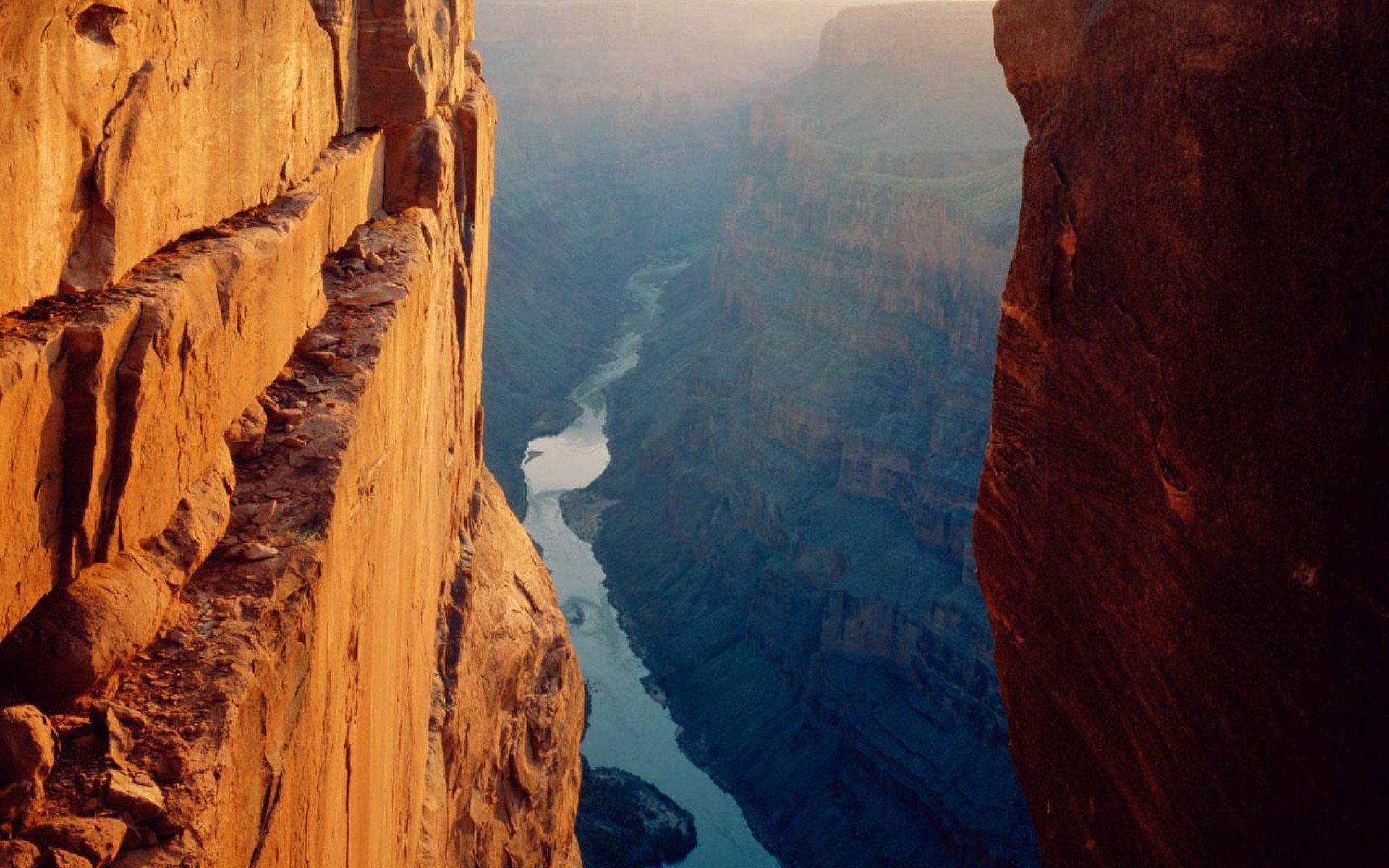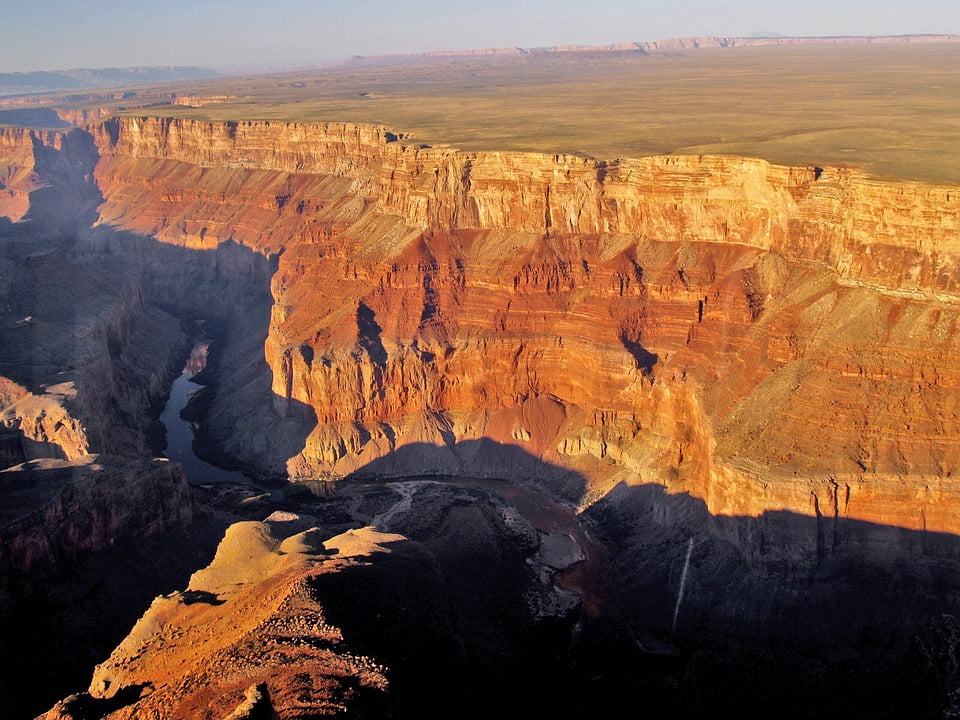

It’s legendary among river runners to this day.

The Birdseye expedition in 1923 was the last of the government surveys. Simply put, Congress didn’t know what was out there and wanted to find out. The USGS did a number of surveys of the American West from the 1880s onward. Clarence Dutton’s 1882 atlas of the canyon treated the entire area, but not the river corridor. John Wesley Powell, the one-armed Civil War vet who first traveled through the canyon on the river, did some mapping on his second expedition, but nothing significant. … It started with (the government) saying, we need to map the Colorado River for strategic purposes, for scientific purposes, et cetera.” And that, of course, is the Colorado River. The truth is if you want to know about how the Grand Canyon was mapped, it really starts with what created the Grand Canyon. And obviously that continues to be sort of a ball of yarn that I continue to unravel because new questions and new lines of interrogation open up. “I started asking questions about how this thing was mapped. “I started thinking about the role of maps in making us sort of internalize and come to terms with the scale and the grandeur of the Grand Canyon,” Toro said. He was inspired over the course of several hikes in the canyon. Matthew Toro, a research geographer and director of Maps, Imagery, and Geospatial Services at the ASU Library, explained the impetus behind the project. “Visualizing the Survey” visually dissects and simplifies the mechanics of these technical and beautiful survey sheets, while putting their historical and geographical significance in perspective.

And, almost a century later, their work is still remembered.Īrizona State University Library’s Map and Geospatial Hub has just unveiled a dynamic multimedia exhibit describing, explaining and celebrating a historic collection of maps and charts of multiple Colorado River surveys conducted by the U.S. "HOPE NOT GIVEN UP FOR RIVER PARTY!" the headline thunders. When they arrive at Diamond Creek, long overdue, someone brandishes a newspaper. The party waits three days, miserably crouched amongst boulders high up on a slope, before water levels drop to the point where their survey point is exposed again and they can continue work. You’d better know what you’re doing on the water.īut to witness a flow of 125,000 cubic feet per second is to stare into the face of God. A 30,000 cubic feet per second flow is sporty. In 2021, with Glen Canyon Dam controlling the river, typical flows are around 13,000 to 17,000 cubic feet per second. The water flow rate has risen from 10,000 cubic feet per second to 125,000 cubic feet per second. Unbeknownst to the men, the outside world thinks they are dead. The men scramble in the darkness, tripping over rocks, repeatedly moving their gear and boats to higher ground. Unseen upstream rains cause a surprise flood. Their expedition - to map the river corridor - marks the end of the era of exploration in the canyon.īut that night the river is trying to end them. FebruNew online exhibit showcases famous canyon maps


 0 kommentar(er)
0 kommentar(er)
